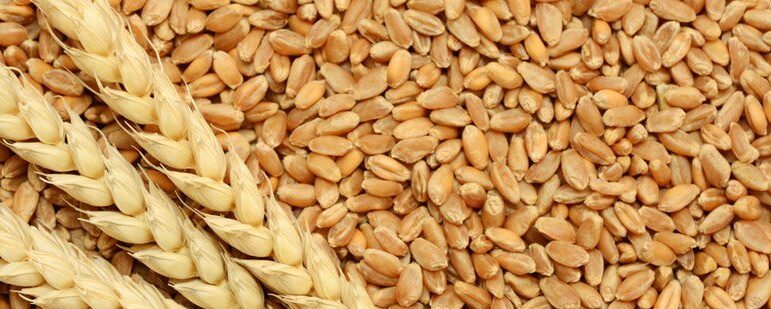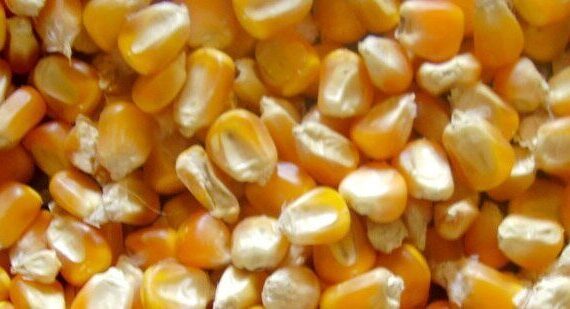🌾 Premium Indian Wheat Exporter
JFT Agro Overseas LLP supplies high-quality Indian Wheat for human consumption. Our wheat is carefully sourced, hygienically processed, nutrient-rich, and packed to ensure maximum freshness and quality for international buyers.
📌 Overview of Indian Wheat
- Wheat is a cereal grain and a leading source of vegetable protein worldwide
- Used to produce flour, semolina, bulgur, cracked wheat, and malt
- Essential ingredient in bread, biscuits, pastries, cakes, cookies, cereals, and snacks
- Highly versatile and widely cultivated due to high yield and global demand
- Nutritional benefits: Rich in protein, fiber, vitamins (B-complex, Vitamin E, K), and minerals (magnesium, phosphorus, manganese)
📌 Specifications of Indian Wheat
| Parameter | Specification |
|---|---|
| Grain Type | Wheat for human consumption |
| Protein | 12.5% Min |
| Wet Gluten | 24-25% Max |
| Moisture Content | 13.5% Max |
| Mineral Admixture | 0.15% Max |
| Harmful Impurities | 0.2% Max |
| Total Waste Impurities | 2% Max |
| Sprouted Grains | 2% Max |
| Bulk Density | 740 g/l Min |
| Radiation | Normal |
| Origin | India |
📌 Nutrition Information (per 100g)
- Energy: 1,368 kJ (327 kcal)
- Protein: 12.61 g
- Carbohydrates: 71.18 g
- Fat: 1.54 g
- Dietary Fiber: 12.2 g
- Vitamins: Thiamine 0.383 mg, Riboflavin 0.115 mg, Niacin 5.464 mg, Vitamin B6 0.3 mg, Folate 38 μg, Choline 31.2 mg, Vitamin E 1.01 mg, Vitamin K 1.9 μg
- Minerals: Calcium 29 mg, Iron 3.19 mg, Magnesium 126 mg, Manganese 3.985 mg, Phosphorus 288 mg, Potassium 363 mg, Zinc 2.65 mg, Selenium 70.7 µg
- Water: 13.1 g
📌 Health Benefits of Indian Wheat
- Controls obesity and improves metabolism
- Prevents Type 2 Diabetes and chronic inflammation
- Supports gastrointestinal health and whole-grain nutrition
- Protects against breast cancer, coronary diseases, and childhood asthma
- Promotes cardiovascular health, especially in postmenopausal women
📦 Container Capacity
| Packing | 20′FCL (MT) |
|---|---|
| Bags (25kg/50kg) | 24 |
🌍 Export Destinations
 United States
United States South Korea
South Korea United Arab Emirates
United Arab Emirates Bangladesh
Bangladesh Indonesia
Indonesia Malaysia
Malaysia Yemen
Yemen Turkey
Turkey Oman
Oman Somalia
Somalia
✅ Why Choose Indian Wheat from JFT Agro Overseas LLP?
- Transparent communication and live product updates
- Direct management involvement in each shipment
- Stringent sourcing and quality checks
- Experience in shipping to multiple international countries
- Customer-focused service without sales pressure
🛡 How to Select a Genuine Exporter of Indian Wheat
- Verify company presence, experience, and export track record
- Check product sourcing, quality, and pricing transparency
- Physical visit, video calls, and Google verification recommended
- Trade show participation indicates credibility




